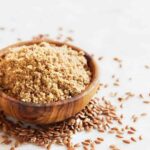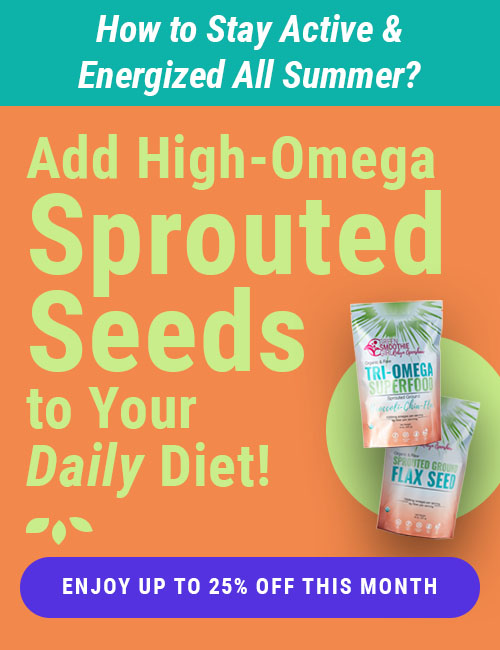Jim’s Response to My Article on Goitrogens
These are author Jim Simmons’ blog comment in response to my latest report on goitrogens and cruciferous vegetables. I feel it deserves front-and-center attention:
Regarding oxalates and other anti-nutrients: recently Dr. Mercola went at it again with fear-mongering toward ‘all’ whole grains and even a variety of vegetables. By the time he got done with all the foods you cannot eat or that are problematic, there was not much left to choose from.
Then he introduced a variety of products he sells, such as whey protein, chlorella, and so forth. I’ve noticed this pattern off and on with Mercola articles. Some are so well written and researched that they are true contribution. Others extrapolate data from research in unhelpful and problematic ways. Others do not recognize a wealth of data that do not support some fairly narrow claims. When it comes to oxalates, this is just one more “anti-nutrient” that exists in a healthful food. If you were to cease eating foods that possess anti-nutrients, you would have to stop eating real, whole foods.
Therefore, what is the answer? Research now supports the idea that anti-nutrients are nature’s way of helping us to be more intuitive in our eating patterns. For instance, some spinach is really good for you, but as you consume too much, the level of oxalates will build up in your bloodstream to a point that a signal will be sent to your brain and then a signal is sent from the brain to your endocrine system. The long and the short is, you will lose your appetite for spinach until the level of oxalates drop sufficient that your taste for spinach is turned back on. The bottom line is this; don’t get too complicated in your eating habits.
Eat as many whole foods as possible without blending, grinding, and so forth, which best supports the physiology of your body. When it comes to even whole fruits, vegetables, grains, and legumes, don’t force yourself to eat any of them just because they are healthful in nature. Rather, pay attention and respect your desire or lack thereof to eat any particular healthful food. Chew it slowly and enable digestion to take its most natural course. Best!
GSG response:
[Jim is a friend of mine, and I highly recommend his fabulous book Original Fast Foods, because I love it. I agree with him entirely about Dr. Mercola’s latest. In fact, I agree with Jim Simmons probably with more regularity than with any other nutrition author/expert.]
Exactly! Reddy and Sathe published a book on phytates (another anti-nutrient; I teach about this in Ch. 9 of 12 Steps). Contrary to the latest hype, they present quite a body of evidence that phytates may be friend rather than foe. (The logic is similar to what I’ve just presented in our conversation about goitrogens last week.)
If we eliminate any food containing the so-called “anti-nutrients” (that very term encourages anxiety), we eliminate most whole foods. Occasionally I have a reader send me an email that she’s learned that apple seeds contain cyanide. (A trace amount of a natural substance that is does not react in the body like eating chemical cyanide would.) Of course “MSG” occurs naturally in trace amounts, in some highly nutritious plant foods, I am concerned only about the chemical version that is well documented as a potent neurotoxin. I have discussed goitrogens and oxalates on this blog numerous times—just more examples.
Jim is right that many if not most foods contain anti-nutrients. We don’t yet know, fully, the role that they play and why. But again, we know from thousands of studies that whole plant foods are our most preventative, health-supporting diet.
I trust my tastes to let me know if I get too much of any food. This happened recently as I was drinking 4 oz. of wheat grass juice daily. One day I went to Good Earth TWICE and had 4 oz. twice that day. I immediately had a brain fog and slight headache for 2 hours after that. My body was telling me to lighten up on the wheat grass juice. So I did.
Just a little perspective here: I’m far more concerned about toxicity people are getting from hot dogs, than from too much wheat grass juice. The effect of the former is nitrites building up in various organs (very difficult to eliminate chemicals that we eat) and initiating and promoting growth of cancer cells. The effect of the latter is to cause more detox than I’m comfortable with.
Posted in: Whole Food













